75-Ball Bingo: Understanding the Game Rules
75-ball bingo stands out as a captivating variant, offering unique gameplay that has become a favorite in both traditional bingo halls and online platforms. Let’s explore the fundamental rules that shape the excitement of this particular bingo experience.
Card Layout and Basics:
In 75-ball bingo, each player is provided with a card featuring a 5×5 grid, amounting to a total of 25 squares. Notably, the central square is designated as the “Free Space,” automatically marked at the beginning of the game. The numbers called during the game fall within the range of 1 to 75.
Objective and Gameplay:
The primary objective in 75-ball bingo is to complete a specified pattern on the bingo card. Patterns can vary widely, ranging from simple lines, whether horizontal, vertical, or diagonal, to more intricate shapes and designs. The game unfolds as a caller randomly selects numbers, such as “B-12” or “G-50,” and announces them to the players.
Players actively participate by marking the called numbers on their cards. Unlike some other bingo variants, manual daubing is often the norm in 75-ball bingo. It’s a hands-on engagement where players physically mark off the numbers as they are called.
Winning Patterns:
Victory in 75-ball bingo is determined by completing specific patterns on the bingo card. Players might strive to achieve traditional line patterns, including horizontal, vertical, or diagonal lines. Alternatively, the game may introduce more intricate shape patterns, requiring players to form letters, numbers, or thematic designs. A “coverall” or “full house” victory is also possible, demanding the marking of all numbers on the card.
Variations and Online Features:
Various adaptations of 75-ball bingo exist, including speed bingo, which accelerates the pace of number calling for a more dynamic experience. Online platforms have introduced convenient features such as auto-daub, where the system automatically marks called numbers. Interactive elements like chat rooms recreate the social ambiance of traditional bingo halls, enhancing the overall gaming experience.
Etiquette in 75-Ball Bingo:
Maintaining a respectful atmosphere is crucial in both traditional and online bingo settings. Players are encouraged to be courteous in chat rooms, fostering a positive and enjoyable environment. When a player successfully completes a pattern, claiming their win promptly and adhering to the game’s rules is considered good etiquette.
75-ball bingo’s dynamic nature, diverse winning patterns, and strategic elements contribute to its widespread popularity. Whether played in the lively ambiance of bingo halls or the convenience of online platforms, the rules remain consistent, providing an engaging and thrilling experience for players eagerly pursuing that satisfying call of “Bingo!”
UK Online Bingo Learn More:
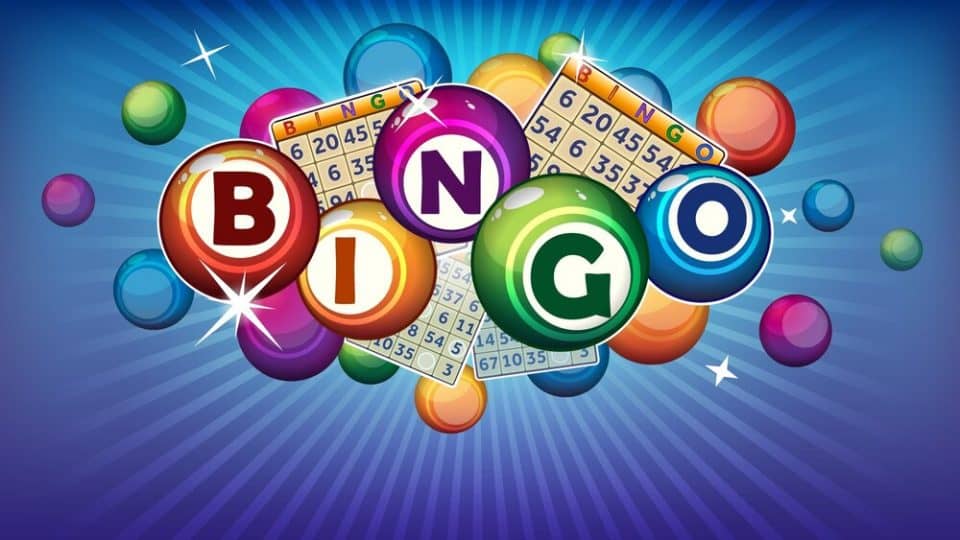
35-Ball Bingo: Unveiling the Unique Gameplay
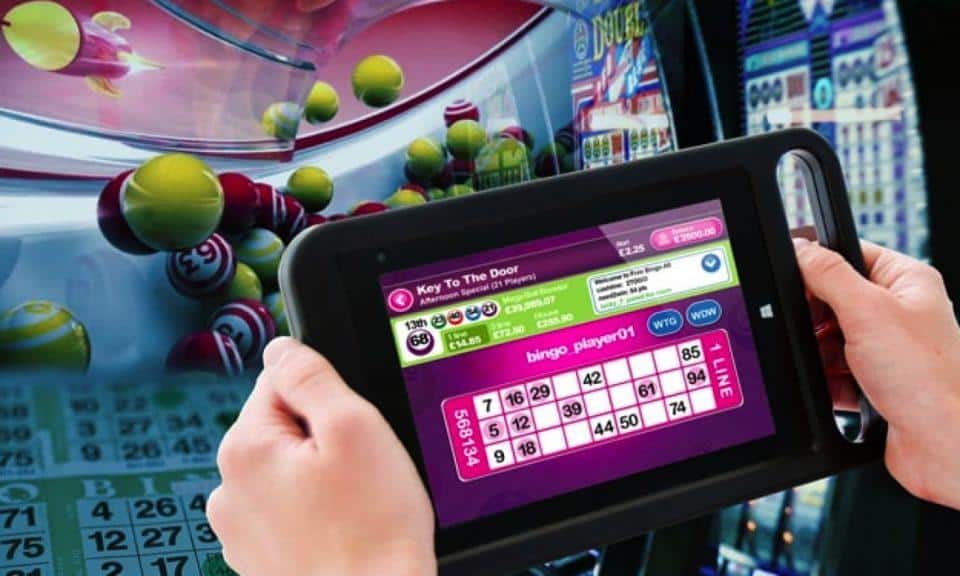
90-Ball Bingo: Unraveling the Game Rules
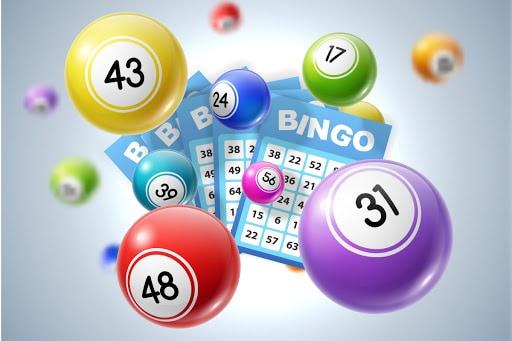
75-Ball Bingo: Understanding the Game Rules
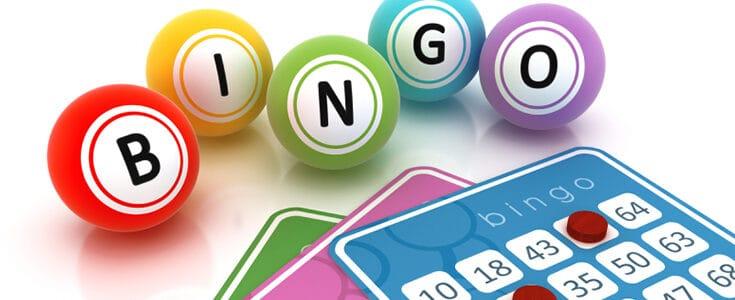
Bingo in the UK: A Digital Renaissance
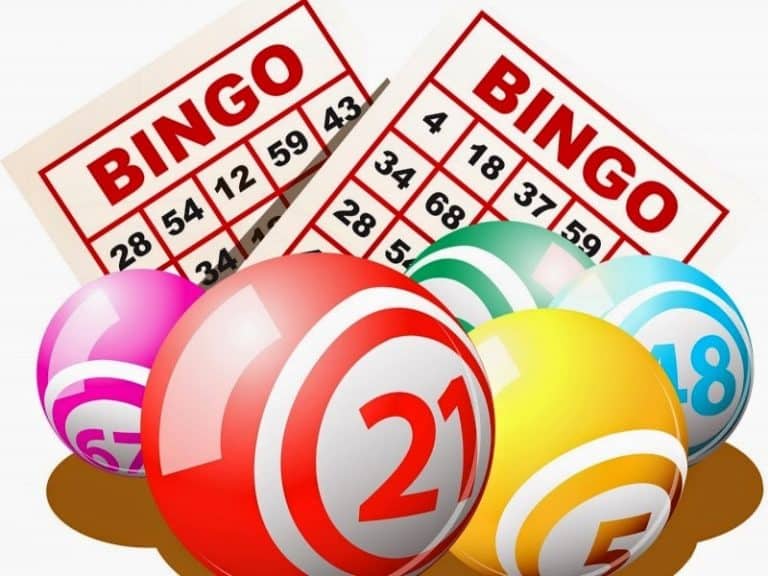
Exploring the Heart of Bingo: The Enchanting World of Bingo Cards
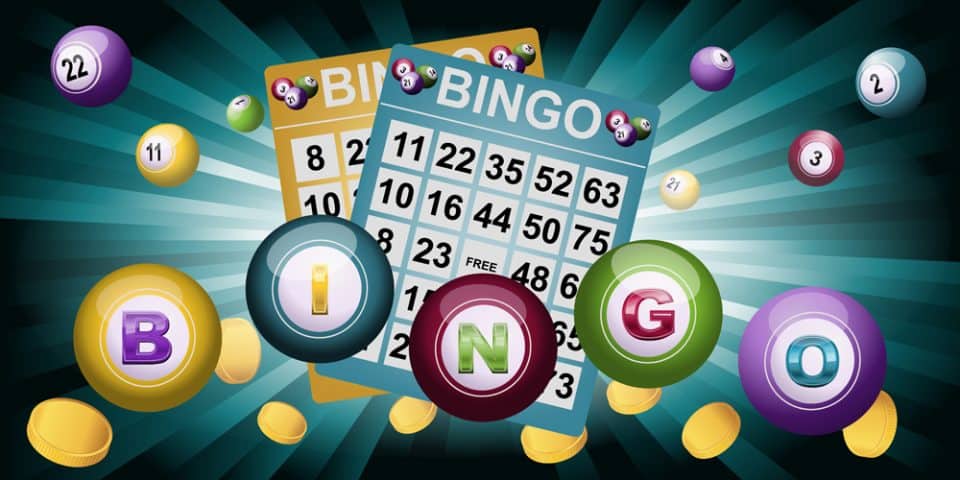
Varieties of Bingo Games in the UK: A Diverse World of Numbers and Excitement
75-Ball Bingo: Frequently Asked Questions (FAQ)
1: What is 75-ball bingo?
75-ball bingo is a popular bingo variant played with a 5×5 grid card, featuring numbers 1 through 75. The game involves marking off numbers as they are called to complete specific patterns and achieve a win.
2: How does the card layout in 75-ball bingo work?
Each player receives a card with 25 squares arranged in a 5×5 grid. The central square is designated as the “Free Space” and is automatically marked at the beginning of the game.
3: What is the objective of 75-ball bingo?
The objective is to complete a predetermined pattern on the bingo card. Patterns can range from simple lines (horizontal, vertical, diagonal) to more complex shapes and designs.
4: What are the winning patterns in 75-ball bingo?
Winning patterns include traditional lines (horizontal, vertical, diagonal) and more intricate shapes. Players can also achieve a victory by marking off all numbers on their card in a “coverall” or “full house.”
5: How is 75-ball bingo played?
A caller randomly selects numbers (e.g., “B-12” or “G-50”), and players mark the called numbers on their cards. The first player to complete the specified pattern claims the win.
6: Are there variations of 75-ball bingo?
Yes, variations exist, including speed bingo, which accelerates the pace of the game. Online platforms may introduce additional features like auto-daub for convenience.
7: How is etiquette maintained in 75-ball bingo?
Players are encouraged to be courteous in chat rooms and promptly claim wins according to the game’s rules. Respecting others’ enjoyment is essential for a positive gaming experience.
8: Can I play 75-ball bingo online?
Absolutely. Many online bingo platforms offer 75-ball bingo games with interactive features, chat rooms, and the convenience of playing from anywhere with an internet connection.
9: What is the role of the “Free Space” in 75-ball bingo?
The “Free Space” in the center of the card is automatically marked at the start of the game, providing players with a strategic advantage in completing their chosen patterns.
10: Is 75-ball bingo suitable for all experience levels?
Yes, 75-ball bingo accommodates players of all experience levels. Online platforms often provide guides and tutorials to assist newcomers, and games may include options for free or low-stakes play.
Navigating the exciting world of 75-ball bingo is made easier with these frequently asked questions. Whether you’re a seasoned player or new to the game, these insights will enhance your understanding and enjoyment of this dynamic bingo variant.





